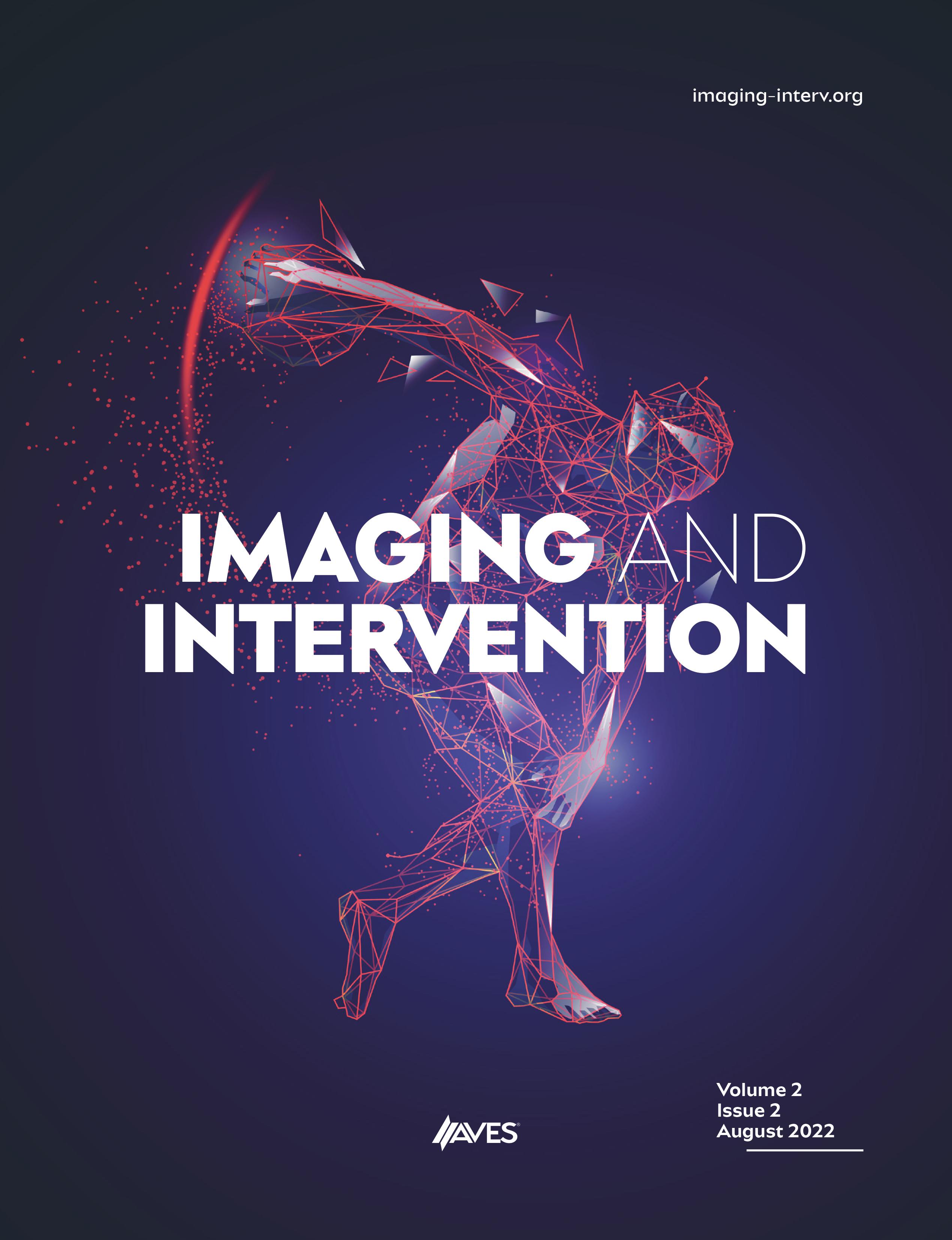Mesial temporal lobe epilepsy is the most common pharmaco-resistant epilepsy where surgery has an important role. A multidisciplinary team coordination between different neuroscientists including psychiatrists and psychologists is needed to effectively correlate all the clinical, pathological, electrophysiological, and radiological data to better manage patients with refractory epilepsy. Patients with mesial temporal lobe epilepsy usually remain seizure-free after surgical resection. We present a case of mesial temporal lobe epilepsy where 1.5 Tesla magnetic resonance imaging showed no changes in mesial structures. Based on the strong suspicion of temporal lobe asymmetry due to the correlation between the typical ictal semiology and the electrophysiological changes in video electroencephalogram (EEG), a 3.0 Tesla magnetic resonance imaging was performed and evidenced the temporal lobe asymmetry. This case shows the value of high field strength in magnetic resonance imaging for mesial temporal lobe epilepsy for adequate qualitative analysis of mesial structures in typical clinical-electrophysiological cases of mesial temporal lobe epilepsy where 1.5 Tesla magnetic resonance imaging shows no evident lesion.
Cite this article as: Reka E, Dashi F, Rroji A, Enesi E, Seferi A, Petrela M. The role of high-field-strength magnetic resonance imaging in mesial temporal lobe epilepsy. Imaging Interv. 2023. [epub ahead of print]


